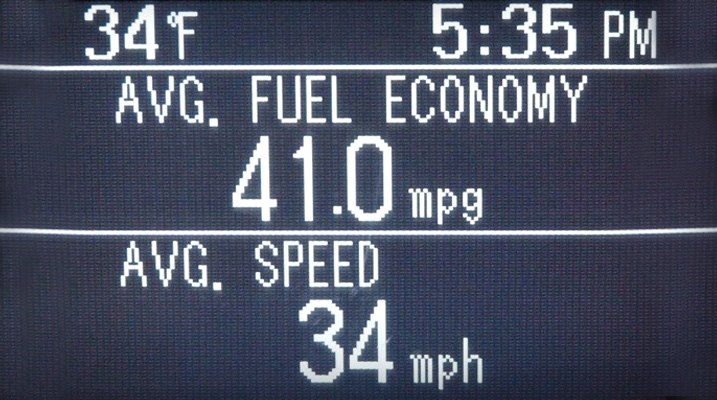
We all know that achieving better fuel economy while driving puts money back in your pocket and does the environment a favor. But for those who are really interested in squeezing the most out of every drop of gas, getting more miles per gallon can actually become a sport - especially if a vehicle has a manual transmission that can be upshifted earlier and put into neutral during downhill grades or when coasting to a stop sign.
Engines rely on a proper mix of air and fuel to create combustion inside the cylinders that propels your car. To be exact, all engines operate most efficiently on a mixture of 14.7 parts air to one part fuel (this is known as the "stoichiometric air/fuel ratio"). When that mixture varies in either direction, more fuel ends up being consumed without producing an equivalent increase in power. This, of course, hurts mileage. But if you're able to successfully add more air and fuel together while maintaining the proper ratio during the combustion process, more power ends up being created instead of lost. Drive your car judiciously instead of aggressively, and that power ends up propelling your vehicle further on a gallon of gas.
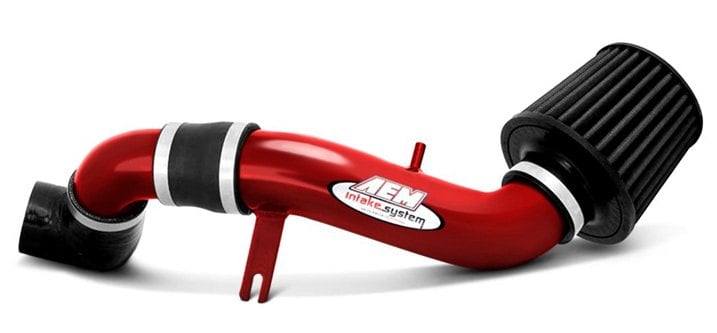
In this article, we'll discuss how aftermarket performance air intakes are a low-cost, mechanically simple way to effectively increase your engine's airflow AND fuel economy. While aftermarket air intakes are widely touted by enthusiasts as a "performance" item, we urge you not to be dissuaded by that fact. The truth is, they do allow engines to produce more power under aggressive throttle. But their inherent advantages also produce noticeable increases in mileage during normal or conservative driving.
Manufacturers of aftermarket air intakes take great care to design them so that fuel economy is boosted as well as power, and they typically make a point of mentioning it. While it's impossible to calculate any precise benefits one could expect, the quotes below from a few of the product manufacturers should convince you they are serious about achieving mileage gains:
INJEN: "Most consumers purchase Injen products for increased horsepower and torque. However, many of our consumers report enjoying an increase in miles per gallon. Actual results will vary depending on your vehicle, driving habits, applied load on the engine (such as towing), existing factory air system restrictions, etc. Less restrictive air passageways such as an Injen air intake can provide more efficient combustion. If you are like most performance enthusiasts and take advantage of the additional horsepower by driving harder, you will not see much of an increase in MPG, if any at all."
K&N: "K&N Intake Systems are less restrictive than the factory installed air path. So K&N filter technology could be an important tool, when combined with other elements, to help keep mileage as high as possible."
aFe: "Due to the 30-40 cfm of additional air entering your engine, you may see a marginal gain in mpg vs the factory filter. aFe does not and will not claim to improve your fuel mileage because everybody's vehicle, driving condition and habits are different. aFe does, however, claim to increase the torque and horsepower of your engine, make the engine run with more fuel efficiency, and improve the quality and amount of air that goes into your engine. This will allow the engine to use less fuel driving under the same conditions that you are driving in now."
Additionally, we offer higher-performing replacement air filters by themselves that match the shape of your OEM filter without modification, and we offer individual replacement filters for aftermarket air intakes should you find yourself needing one. For more information on air filters, we welcome you to read our related helpful article "The Real Cost of Your Factory's Cheap Air Filter".
Select The Right Type Of Air Intake For Fuel Efficiency Gains
It's important to note that aftermarket air intakes can and will improve fuel economy in cases when they can actually deliver colder air than your vehicle's stock intake does. Drawing in cooler air is beneficial because it's denser and packed with more oxygen - this ensures fuel is burned more evenly. Engineers estimate for every 10 degrees cooler the air is, power efficiency increases by 1 percent. So if you're thinking about investing in an aftermarket air intake system for the purposes of improving mileage, you'll need to look and determine if the stock air intake tubes for your car or truck are not already placed behind the grille or a bumper opening. If they are, you'll still see some fuel economy gains - but they won't be as large.

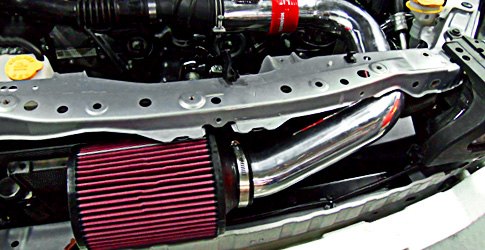
However, if your OEM air intake does draw hot air in from the engine bay, you'll want to make sure you replace it with a cold air intake or ram air intake that draws cooler air from outside the vehicle. For more detail on the differences of each, see our related article What Are The Different Types of Air Intake Systems?
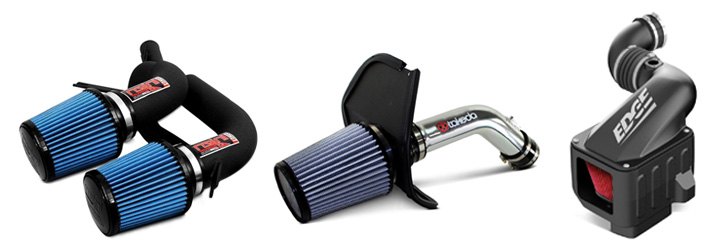
Some may think that the denser air charges from cooler air means more fuel will end up being injected to maintain the optimum air/fuel balance - causing fuel economy to drop. However, this cooler air with more oxygen in it actually burns more efficiently. Oxygen sensors in your vehicle's exhaust system are designed to detect the presence of any unburned fuel. And when they detect virtually zero, the air/fuel mixture will be maintained at the optimum 14.7:1 rate. Thinner air that occurs at higher altitudes and in warmer temperatures sometimes does lead to unburned fuel which can cause the car's computer to react and adjust the mixture to a lower fuel content. While this may sound good for economy, it isn't. Lowered fuel content means less power, so the engine has to work harder to keep the vehicle moving - even at slow, easy cruising speeds.
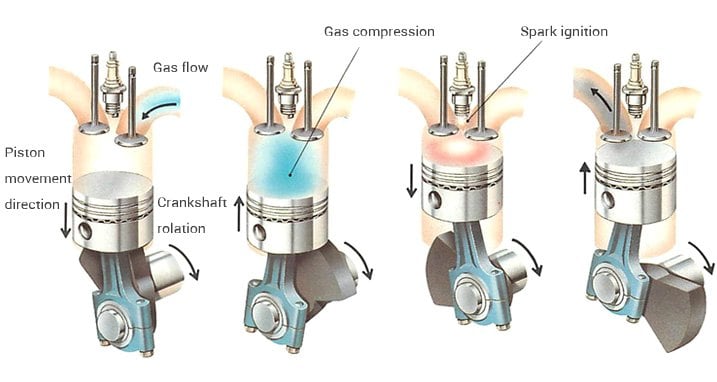
Another way that cold air intakes help fuel economy is by avoiding what's called "heat soak" which occurs sitting at stoplights. When a vehicle is idling but not moving, lack of airflow causes underhood temperatures to temporarily rise. Since most factory OEM air tubes draw in this soaking hot air from under the hood, power is lost. During the course of normal driving, the majority of fuel is consumed during acceleration - especially from a dead stop. Once the vehicle is up to cruising speed, not much is needed to maintain that velocity.
So when the light turns green and your engine bogs down from hot air, even more fuel is consumed because of the higher engine revs needed to get going. Cold air intakes avoid this waste by continuously drawing in cooler air from outside the vehicle. When you think about it, it's not hard to see what a difference this factor can add up to over time.
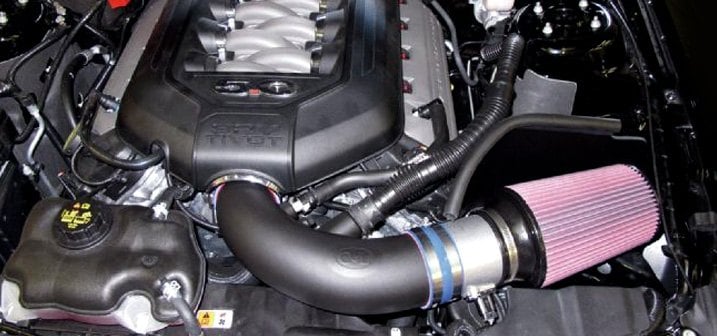
In our section, you'll find a huge selection of cold air intakes and ram air intakes for a variety of cars and trucks. To name just a few, we've got Volant's Cold Air Intake System with Pro5 Filter which features a sealed enclosure around the air filter for maximum protection against heat. For owners of Jeep Wranglers and classic 1984-2001 Cherokees, Jeep specialist Rugged Ridge offers the aluminum Air Intake Kit with heat shield.
If you prefer a cold air intake with a replacement air box that has a green-yellow-red needle gauge to tell you the condition of the air filter, take a look at the Injen plastic Evo Series Cold Air Rotomolded Induction System. aFe's aluminum Momentum GT Cold Air Intake System and the Banks polyethylene Ram Air Intake System also feature a clear window to view the filter, but eliminate the gauge for cost savings.
Most OEM Air Intake Assemblies Hamper Fuel Economy
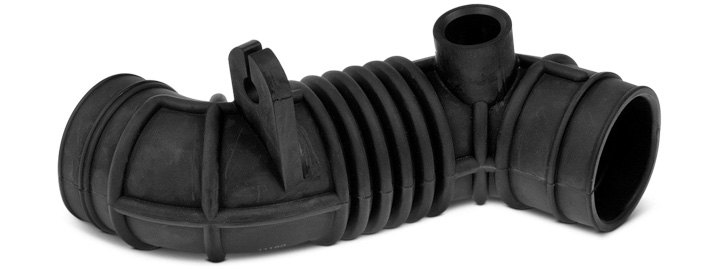
OEM air intakes are designed as a compromise to provide quiet operation, with baffles inside air tubes to silence the natural whooshing noise of airflow. Air intakes are also designed to take up a minimum of space under the hood, so the air tubes tend to be small and full of sharp twists and turns. In most cases, intake tubing is flexible and looks similar to an accordion.
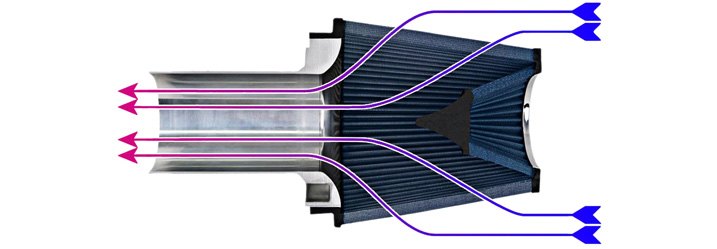
These ridges create turbulence as air passes over them, and the choppy pockets of air that reach the engine make efficient combustion more difficult. For space efficiency and low cost of production, traditional factory air filters are also sized as small as possible. Naturally, all these things restrict airflow a great deal - and restriction is the enemy of fuel efficiency.
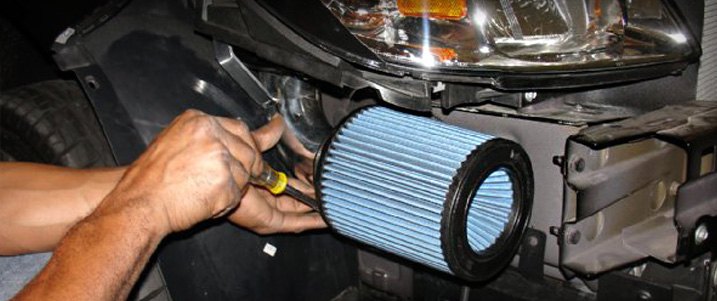
Once restriction is reduced, the engine doesn't have to work as hard to produce the same momentum. This applies to all engines whether they're big or small, turbocharged or naturally aspirated. Aftermarket air intake tubes rectify these issues with smoother interior surfaces, less restrictive bends, larger overall tube diameters, and air filters with filtering material that's not as restrictive to airflow. Additionally, the conical shape of air filters found on aftermarket air intakes allows for a wider scooping area that packs air together more tightly as passages narrow. This creates denser airflow into the engine under all circumstances.

In conclusion, we advise you that you may become addicted to the extra deep engine sound you'll hear once an aftermarket air intake is installed. It may sound silly, but that sound is pleasurable - especially the full roar from stomping on the pedal. If that's your goal, then great. But if you're after fuel economy and efficiency, your new air intake system can deliver that also. You just may need to adjust your driving style a little bit!
